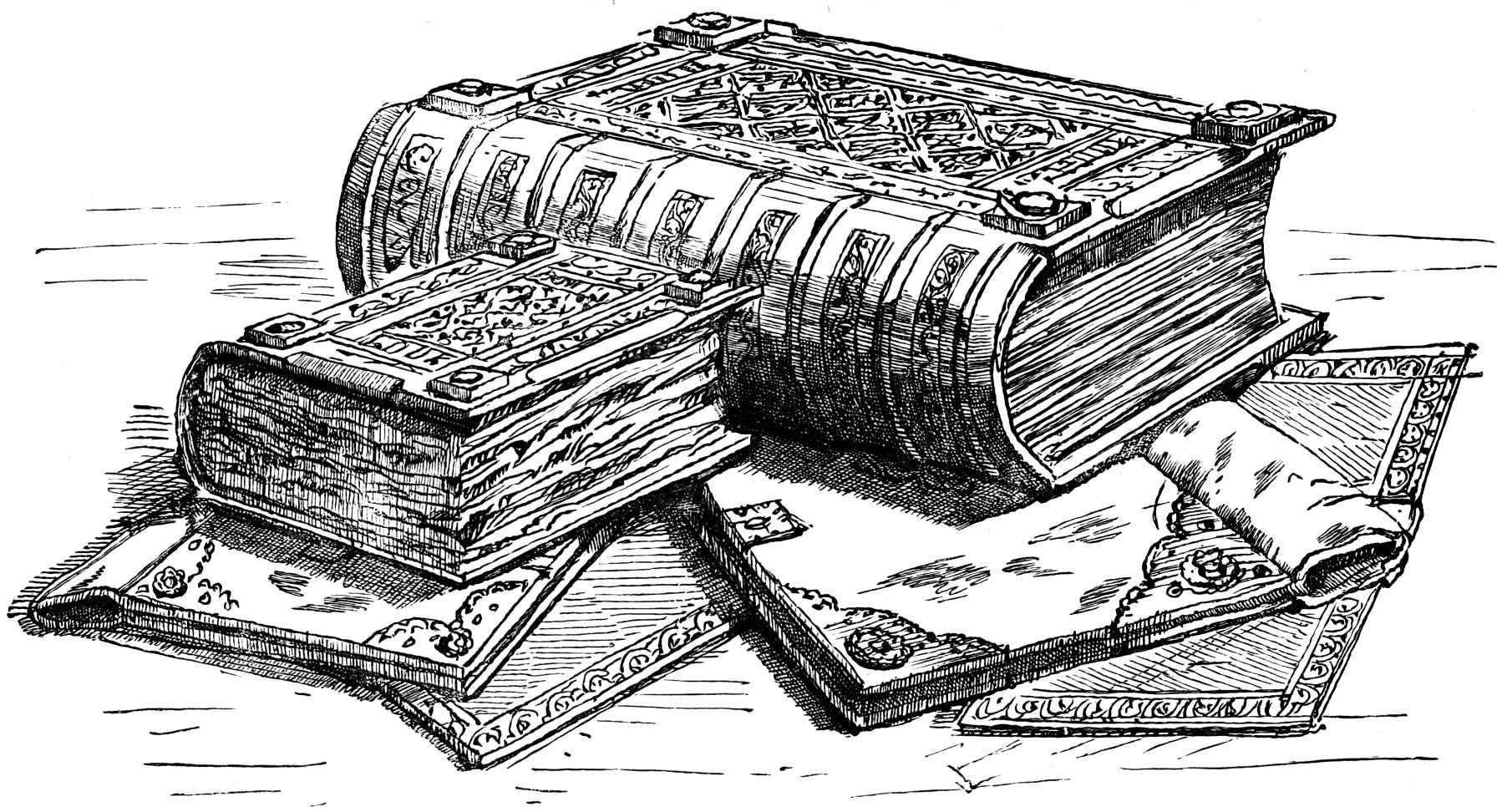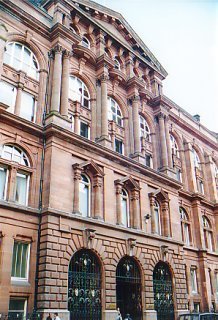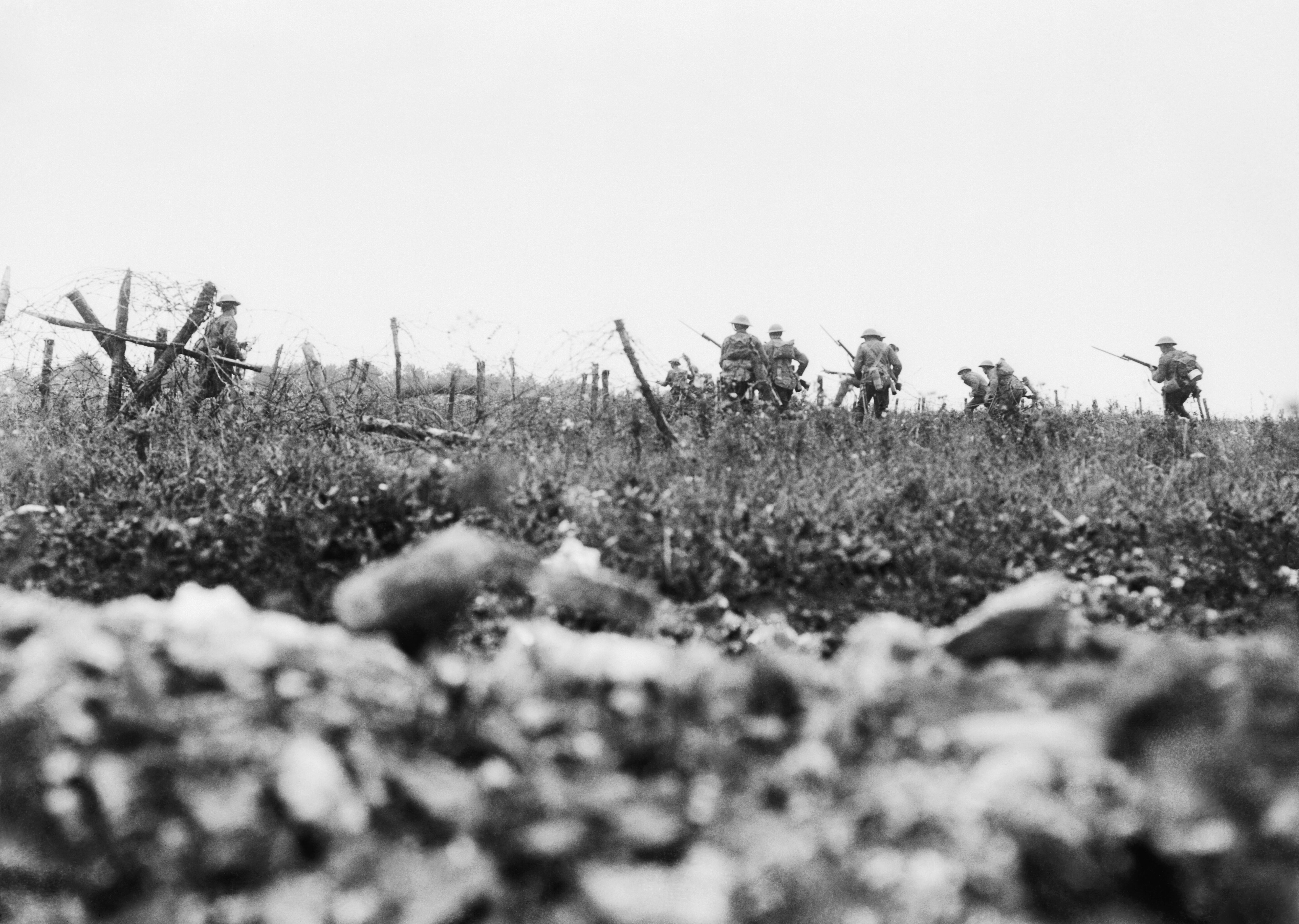|
Willie Wiseman
William Wiseman (18 October 1896 – 1981) was a Scottish amateur footballer who played as a left back in the Scottish League for Queen's Park and later served on the club's committee. He was capped by Scotland at amateur and full international levels. Personal life Wiseman was educated at Fordyce Academy and Aberdeen University and left the latter institution in 1916 to serve in the First World War with the Gordon Highlanders. During his time on the Western Front, he was gassed, wounded and posted missing for a week. He rose to the rank of captain and also served as a lieutenant in the Tank Corps. After the war, he went to India to assist with the restructuring of the British Indian Army. After leaving the army, Wiseman completed his studies at Glasgow Technical College and later worked as an Assistant Roads Surveyor for Dunbartonshire Council. He took up a Deputy County Surveyor position in Banffshire in 1930, which brought his senior football career to an end. W ... [...More Info...] [...Related Items...] OR: [Wikipedia] [Google] [Baidu] |
Turriff
Turriff () is a town and civil parish in Aberdeenshire in Scotland. It lies on the River Deveron, about above sea level, and has a population of 5,708. In everyday speech it is often referred to by its Scots name ''Turra'', which is derived from the Scottish Gaelic pronunciation. Services and amenities There are four churches in Turriff: St Ninian's (Church of Scotland, 1794), St Andrew's (Church of Scotland), St Congan's (Episcopal Church, 1862), and a Baptist church. Turriff has a primary school, Turriff Primary School, and a secondary school, Turriff Academy. Turriff Primary School is a new build which replaced the old Markethill Primary School and opened to pupils on 22 August 2017. People from the surrounding areas, including the villages of Cuminestown, Fyvie and King Edward, attend the secondary school. Bank of Scotland, Santander UK (formerly Alliance & Leicester), Clydesdale Bank and TSB have branches in the town. The main supermarket chains are Tesco (whose prem ... [...More Info...] [...Related Items...] OR: [Wikipedia] [Google] [Baidu] |
Gordon Highlanders
Gordon may refer to: People * Gordon (given name), a masculine given name, including list of persons and fictional characters * Gordon (surname), the surname * Gordon (slave), escaped to a Union Army camp during the U.S. Civil War * Clan Gordon, aka the House of Gordon, a Scottish clan Education * Gordon State College, a public college in Barnesville, Georgia * Gordon College (Massachusetts), a Christian college in Wenham, Massachusetts * Gordon College (Pakistan), a Christian college in Rawalpindi, Pakistan * Gordon College (Philippines), a public university in Subic, Zambales * Gordon College of Education, a public college in Haifa, Israel Places Australia *Gordon, Australian Capital Territory *Gordon, New South Wales * Gordon, South Australia *Gordon, Victoria *Gordon River, Tasmania *Gordon River (Western Australia) Canada *Gordon Parish, New Brunswick *Gordon/Barrie Island, municipality in Ontario * Gordon River (Chochocouane River), a river in Quebec Scotland *Gordon ... [...More Info...] [...Related Items...] OR: [Wikipedia] [Google] [Baidu] |
County Surveyor
A county surveyor is a public official in the United Kingdom and the United States. United Kingdom Webb & Webb describe the increasing chaos that began to prevail within this same period in field of county surveying in England and Wales, with county surveyors appointed by the justices of the peace at quarter sessions. Eventually, the military defence component of county surveying in the UK began to separate from the civil in 1791, with the Crown's 'Board of Ordnance' being commissioned to carry out a comprehensive survey of the South Coast of England which, as a result of 'the last invasion of Britain 1797', at Fishguard in South West Wales ultimately extended to all of the UK. With that shift in emphasis, county surveying began to concentrate more on its civil engineering and civic architecture roles, producing the historically famous British county surveyors such as Thomas Telford, John Loudon McAdam and John Nash; the expression, "county surveyor", became a UK statutory tit ... [...More Info...] [...Related Items...] OR: [Wikipedia] [Google] [Baidu] |
Dunbartonshire
Dunbartonshire ( gd, Siorrachd Dhùn Breatann) or the County of Dumbarton is a historic county, lieutenancy area and registration county in the west central Lowlands of Scotland lying to the north of the River Clyde. Dunbartonshire borders Perthshire to the north, Stirlingshire to the east, Lanarkshire and Renfrewshire to the south, and Argyllshire to the west. The boundaries with Lanarkshire and Stirlingshire are split in two owing to the existence of an exclave around Cumbernauld (''see below''). The area had previously been part of the historic district of Lennox, which was a duchy in the Peerage of Scotland related to the Duke of Lennox. Name The town name "Dumbarton" comes from the Scottish Gaelic meaning "fort of the Britons". Historically, the spelling of the county town and the county were not standardised. By the 18th century the names "County of Dunbarton" and "County of Dumbarton" were used interchangeably. The n in "Dunbarton" represents the etymology "fo ... [...More Info...] [...Related Items...] OR: [Wikipedia] [Google] [Baidu] |
Road Surveyor
Construction surveying or building surveying (otherwise known as "staking", "stake-out", "lay-out", "setting-out" or "BS") is to stake out reference points and markers that will guide the construction of new structures such as roads or buildings. These markers are usually staked out according to a suitable coordinate system selected for the project. History of construction surveying * The nearly perfect squareness and north–south orientation of the Great Pyramid of Giza, built c. 2700 BC, affirm the Egyptians' command of surveying. *A recent reassessment of Stonehenge (c.2500 BC) suggests that the monument was set out by prehistoric surveyors using peg and rope geometry. *In the sixth century BC geometric based techniques were used to construct the tunnel of Eupalinos on the island of Samos. *Modern technology advanced surveying's accuracy and efficiency. For example, surveyors used to use two posts joined with a chain to measure distance. This technology could only account f ... [...More Info...] [...Related Items...] OR: [Wikipedia] [Google] [Baidu] |
Glasgow Technical College
The University of Strathclyde ( gd, Oilthigh Shrath Chluaidh) is a public research university located in Glasgow, Scotland. Founded in 1796 as the Andersonian Institute, it is Glasgow's second-oldest university, having received its royal charter in 1964 as the first technological university in the United Kingdom. Taking its name from the historic Kingdom of Strathclyde, it is Scotland's third-largest university by number of students, with students and staff from over 100 countries. The institution was named University of the Year 2012 by Times Higher Education and again in 2019, becoming the first university to receive this award twice. The annual income of the institution for 2019–20 was £334.8 million of which £81.2 million was from research grants and contracts, with an expenditure of £298.8 million.. History The university was founded in 1796 through the will of John Anderson, professor of Natural Philosophy at the University of Glasgow, who left ... [...More Info...] [...Related Items...] OR: [Wikipedia] [Google] [Baidu] |
British Army During World War I
The British Army during the First World War fought the largest and most costly war in its long history. Unlike the French and German Armies, the British Army was made up exclusively of volunteers—as opposed to conscripts—at the beginning of the conflict. Furthermore, the British Army was considerably smaller than its French and German counterparts. During the First World War, there were four distinct British armies. The first comprised approximately 247,000 soldiers of the regular army, over half of whom were posted overseas to garrison the British Empire, supported by some 210,000 reserves and a potential 60,000 additional reserves. This component formed the backbone of the British Expeditionary Force (BEF), which was formed for service in France and became known as the Old Contemptibles. The second army was provided by the approximately 246,000-strong Territorial Force, initially allocated to home defence but used to reinforce the BEF after the regular army suffered ... [...More Info...] [...Related Items...] OR: [Wikipedia] [Google] [Baidu] |
British Indian Army
The British Indian Army, commonly referred to as the Indian Army, was the main military of the British Raj before its dissolution in 1947. It was responsible for the defence of the British Indian Empire, including the princely states, which could also have their own armies. As quoted in the Imperial Gazetteer of India, "The British Government has undertaken to protect the dominions of the Native princes from invasion and even from rebellion within: its army is organized for the defence not merely of British India, but of all possessions under the suzerainty of the King-Emperor." The Indian Army was an important part of the British Empire's forces, both in India and abroad, particularly during the First World War and the Second World War. The term ''Indian Army'' appears to have been first used informally, as a collective description of the Presidency armies, which collectively comprised the Bengal Army, the Madras Army and the Bombay Army, of the Presidencies of British India ... [...More Info...] [...Related Items...] OR: [Wikipedia] [Google] [Baidu] |
Tank Corps (United Kingdom)
The Royal Tank Regiment (RTR) is the oldest tank unit in the world, being formed by the British Army in 1916 during the First World War. Today, it is the armoured regiment of the British Army's 12th Armoured Infantry Brigade. Formerly known as the Tank Corps and the Royal Tank Corps, it is part of the Royal Armoured Corps. History First World War The formation of the Royal Tank Regiment followed the invention of the tank. Tanks were first used at the Battle of Flers–Courcelette in September 1916 during the Battle of the Somme in the First World War. They were at first considered artillery, and crews received artillery pay. At that time the six tank companies were grouped as the Heavy Section of the Machine Gun Corps (MGC). In November 1916 the eight companies then in existence were each expanded to form battalions (still identified by the letters A to H) and designated the Heavy Branch MGC; another seven battalions, I to O, were formed by January 1918, when all the battalion ... [...More Info...] [...Related Items...] OR: [Wikipedia] [Google] [Baidu] |
Lieutenant
A lieutenant ( , ; abbreviated Lt., Lt, LT, Lieut and similar) is a commissioned officer rank in the armed forces of many nations. The meaning of lieutenant differs in different militaries (see comparative military ranks), but it is often subdivided into senior (first lieutenant) and junior (second lieutenant and even third lieutenant) ranks. In navies, it is often equivalent to the army rank of captain; it may also indicate a particular post rather than a rank. The rank is also used in fire services, emergency medical services, security services and police forces. Lieutenant may also appear as part of a title used in various other organisations with a codified command structure. It often designates someone who is " second-in-command", and as such, may precede the name of the rank directly above it. For example, a "lieutenant master" is likely to be second-in-command to the "master" in an organisation using both ranks. Political uses include lieutenant governor in various g ... [...More Info...] [...Related Items...] OR: [Wikipedia] [Google] [Baidu] |
Captain
Captain is a title, an appellative for the commanding officer of a military unit; the supreme leader of a navy ship, merchant ship, aeroplane, spacecraft, or other vessel; or the commander of a port, fire or police department, election precinct, etc. In militaries, the captain is typically at the level of an officer commanding a company or battalion of infantry, a ship, or a battery of artillery, or another distinct unit. The term also may be used as an informal or honorary title for persons in similar commanding roles. Etymology The term "captain" derives from (, , or 'the topmost'), which was used as title for a senior Byzantine military rank and office. The word was Latinized as capetanus/catepan, and its meaning seems to have merged with that of the late Latin "capitaneus" (which derives from the classical Latin word "caput", meaning head). This hybridized term gave rise to the English language term captain and its equivalents in other languages (, , , , , , , , , kapitány, K ... [...More Info...] [...Related Items...] OR: [Wikipedia] [Google] [Baidu] |
Missing In Action
Missing in action (MIA) is a casualty classification assigned to combatants, military chaplains, combat medics, and prisoners of war who are reported missing during wartime or ceasefire. They may have been killed, wounded, captured, executed, or deserted. If deceased, neither their remains nor grave have been positively identified. Becoming MIA has been an occupational risk for as long as there has been warfare. Problems and solutions Until around 1912, service personnel in most countries were not routinely issued with ID tags. As a result, if someone was killed in action and their body was not recovered until much later, there was often little or no chance of identifying the remains unless the person in question was carrying items that would identify them, or had marked their clothing or possessions with identifying information. Starting around the time of the First World War, nations began to issue their service personnel with purpose-made identification tags. Thes ... [...More Info...] [...Related Items...] OR: [Wikipedia] [Google] [Baidu] |


.jpg)

